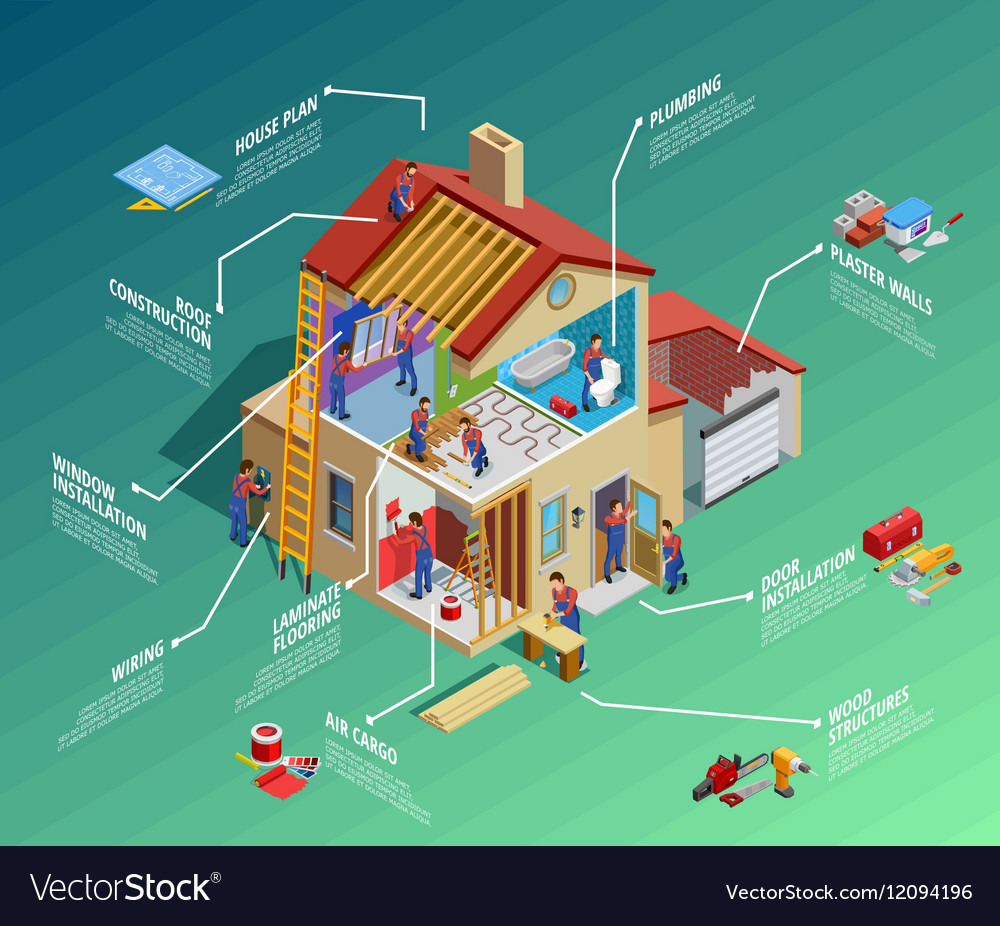When you're planning a floor covering job, budgeting isn't practically selecting a number; it has to do with recognizing what you genuinely need and the costs entailed. You'll wish to examine your certain demands, study different materials, and prepare for unanticipated costs. Consider how factors like room purpose and installation methods can influence your spending plan. Yet prior to you enter, there are some essential information you may ignore that could considerably influence your general expenses. Let's explore how to navigate https://eduardoiqwdk.blogtov.com/12621245/flooring-contractor-trends-what-s-hot-in-the-market-today and guarantee your project stays on track.
Assessing Your Flooring Requirements
Before diving right into your floor covering task, it's essential to assess your flooring requires. Begin by taking into consideration the specific locations where you prepare to install new flooring. Consider how much does it cost to epoxy a basement floor of each area. For example, bathroom and kitchens call for waterproof materials, while living locations might benefit from comfort and appearances.
Next off, review the existing conditions of your floorings. Exist any structural issues, such as irregular surfaces or dampness troubles? Addressing these issues early on can save you time and money down the line.
Likewise, keep in mind of the dimensions of each space to figure out just how much floor covering you'll need.
Do not forget to consider your lifestyle. If you have pet dogs or young youngsters, toughness may be your top concern, while a more formal room may ask for a glamorous finish. Furthermore, think about your style choices. Do you choose a timeless appearance, or are you attracted to modern designs?
Lastly, be sensible concerning how much upkeep you agree to devote to. Some products need more maintenance than others. By comprehending your requirements clearly, you'll be much better outfitted to make informed choices as you progress with your floor covering project.
Estimating Costs and Products
Approximating prices and materials is a crucial step in your floor covering job that can significantly influence your total budget plan. Start by determining your area accurately to establish just how much flooring you'll need. For the majority of products, you'll locate pricing by square foot, so collect quotes from various vendors to get a realistic figure.
Next off, think about the sort of flooring you want. Options like hardwood, laminate, ceramic tile, or carpeting all come with various price points. Research the expenses for every and factor in any kind of added products like underlayment, glue, or transition strips.
Do not forget to include tools if you're intending a do it yourself installment, as renting out or buying equipment can add to your expenditures.
Labor prices are one more crucial factor to consider. If you're employing specialists, obtain quotes from multiple contractors to ensure you're obtaining a reasonable rate. Be clear concerning the scope of job to prevent unanticipated fees later on.
Lastly, it's important to reserve a small portion of your budget for any unanticipated expenses connected to materials. By completely estimating your costs and materials ahead of time, you'll establish on your own up for a smoother and more workable flooring job.
Planning for Hidden Costs
Numerous home owners overlook the hidden expenditures that can occur during a floor covering project, which can result in budget overruns. To avoid this, you require to prepare for possible added expenses.
Initially, take into consideration the condition of your existing subfloor. If it's damaged or irregular, you'll likely need repair work or leveling, which can include substantially to your general cost.
Next off, think about removal and disposal fees for your old floor covering. Several service providers charge extra for this solution, so element that right into your spending plan.
In addition, don't forget the prices of underlayment, which might not be included in the first quote yet are vital for a successful installation.
You need to additionally plan for unanticipated issues, such as plumbing or electrical work if your flooring project involves relocating fixtures. It's a good idea to reserve at the very least 10-15% of your overall allocate these unanticipated expenses.
Lastly, remember that epoxy garage floor cost might be required for certain setups. Constantly inspect local policies to stay clear of penalties or hold-ups.
Final thought
In conclusion, budgeting for your flooring task is important for a successful result. By analyzing your demands, approximating costs, and preparation for surprise costs, you'll stay clear of surprises and stay on track. Keep in mind to reserve a section of your allocate unforeseen prices and maintain a comprehensive break down of your expenses. With cautious preparation and factor to consider, you'll produce a gorgeous room that meets your requirements without breaking the financial institution. Happy flooring!
